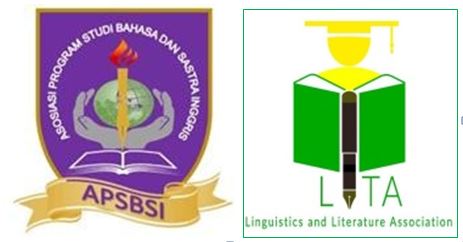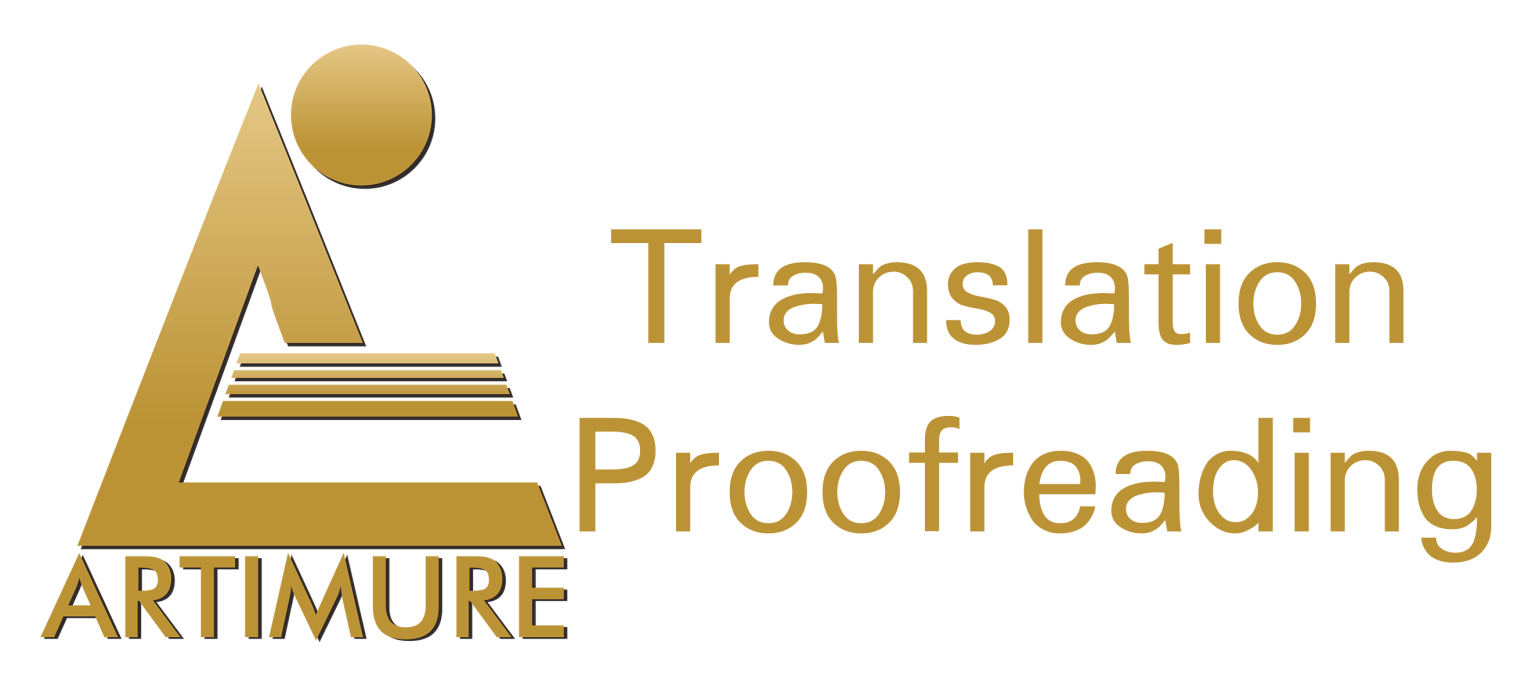Developing a Realistic Learning Approach on Mobile-based Apps: An Ethnomathematics Tedhak Siten
DOI:
https://doi.org/10.31849/utamax.v4i1.9698Keywords:
Critical thinking, Mobile learning, Tedhak SitenAbstract
Realistic mathematics learning by utilizing culture as well as integrating technology can be used as an ideal starting point for learning. This study was intended to develop a mobile learning-based mathematics device with a realistic learning approach in the context of the Tedhak Siten ceremony to improve students' critical thinking skills. This type of research was development research that refers to the ADDIE model (Analysis, Design, Development, Implementation, Evaluation). The study used the mobile learning application, the pretest, and post-test questions, in accordance with the expert validation questionnaire, the media expert validation questionnaire (3 experts), and the student response questionnaire from 32 students. The results revealed that the validity aspect obtained a good category from the media and material expert validator. It obtained a good category from the media expert validators and material experts. It turned out that the media expert's score was 58 and the material expert's 192. Both scores were in a Good category, thus the application was declared valid to be used. Furthermore, the practical aspect of students as users obtained a total score of 2055 and was included in the good category. The effectiveness aspect obtained a significant increase in pretest to posttest scores. It was obtained that the increase in the results of the pretest to the results of the posttest was 24.46. Since there is an increase in testing, it can be concluded that the mobile learning developed is effectively used for learning mathematics. Based on the results, mobile learning has met all the product quality criteria, namely valid, practical, and effective. Therefore, mobile learning with a realistic approach to mathematics using the Tedhak Siten ceremony can improve students' critical thinking skills and can be used for learning.
References
Aizikovitsh, E., & Amit, M. (2010). Evaluating an infusion approach to the teaching of critical thinking skills through mathematics. Procedia Soc. Behav. Sci., 2()1, 3818–3822, https://doi.org/10.1016/j.sbspro.2010.03.596
Arifin, A. M., Pujiastuti, H., & Sudiana, R. (2020). Pengembangan media pembelajaran STEM dengan augmented reality untuk meningkatkan kemampuan spasial matematis siswa. Jurnal Riset Pendidikan Matematika, 7(1), 59-73. https://doi.org/10.21831/jrpm.v7i1.32135
Arifin, U. F., Hadisaputro, S., & Susilaningsih, E. (2015). Pengembangan lembar kerja praktikum siswa terintegrasi guided inquiry untuk keterampilan proses sains. Chemistry in Education, 4(1), 54-60. https://journal.unnes.ac.id/sju/index.php/chemined/article/view/4714
Astuti, E.P., Purwoko, R.Y., & Sintiya, M.W. (2019). Bentuk etnomatematika pada batik adipurwo dalam pembelajaran pola bilangan,” J. Math. Sci. Educ., 1(2), 1-16 https://doi.org/10.31540/jmse.v1i2.273
Azwar, S. (2021). Tes prestasi: Fungsi dan pengembangan pengukuran prestasi belajar. Perpustakaan FIS, http://library.fis.uny.ac.id/opac/index.php?p=show_detail&id=2536
D’Ambrosio, U. (2001). What is ethnomathematics, and how can it help children in schools?,” Teach. Child. Math. 7(6), 308-310, https://doi.org/10.5951/TCM.7.6.0308
D’Ambrosio, U. (2007). The role of mathematics in educational systems,” ZDM - Int. J. Math. Educ., https://doi.org/10.1007/s11858-006-0012-1
Farib, P.M.,, Ikhsan, M., & Subianto, M. (2019). Proses berpikir kritis matematis siswa sekolah menengah pertama melalui discovery learning. J. Ris. Pendidik. Mat., 6(1), 99-117, https://doi.org/10.21831/jrpm.v6i1.21396
Heuvel-Panhuizen, M.V.D. (2003). The didactical use of models in realistic mathematics education: An example from a longitudinal trajectory on percentage. in Educational Studies in Mathematics, 54(1), 9–35, https://doi.org/10.1023/B:EDUC.0000005212.03219.dc
Howard, L.W, Tang, T.L.P., & Austin, M.J. (2015). Teaching critical thinking skills: ability, motivation, intervention, and the pygmalion effect. J. Bus. Ethics, https://doi.org/10.1007/s10551-014-2084-0
Indaryati, I., & Jailani, J. (2015). Pengembangan media komik pembelajaran matematika meningkatkan motivasi dan prestasi belajar siswa kelas V. Jurnal Prima Edukasia, 3(1), 84-96. https://doi.org/10.21831/jpe.v3i1.4067
Kurniawan, H., Putri, R.I.I., & Hartono, Y. (2018). Developing open-ended questions for surface area and volume of beam,” J. Math. Educ., 9(1), 157–168, https://doi.org/10.22342/jme.9.1.4640.157-168
Küçük, A. (2014). Ethnomathematics in Anatolia (In Turkey): Mathematical Thoughts in Multiculturalism. Revista Latinoamericana de Etnomatemática, 7(1), 171–184.
Laurens, T., Batlolona, F.A., Batlolona, J.R., & Leasa, M. (2018). How does realistic mathematics education (RME) improve students’ mathematics cognitive achievement?. Eurasia J. Math. Sci. Technol. Educ., 14(2), 569–578, https://doi.org/10.12973/ejmste/76959
Maswar, M. (2019). Strategi pembelajaran matematika menyenangkan siswa (mms) berbasis metode permainan mathemagic, teka-teki dan cerita matematis. Alifmatika J. Pendidik. dan Pembelajaran Mat, 1(1), 28–43, https://doi.org/10.35316/alifmatika.2019.v1i1.28-43
Najwa, W. A. (2018). Pendekatan PMRI sebagai gerakan literasi sekolah dalam pembelajaran matematika, Prisma, Prosiding Seminar Nasional Matematika, 1, 575-581. https://journal.unnes.ac.id/sju/index.php/prisma/article/view/20200
Nurmayani. (2020). The analysis of students’ mathematical critical thinking ability through discovery learning models. International Journal of Research and Review, 7(11), 233-241, https://doi.org/10.52403/ijrr
Nuryadi. (2018). Persepsi siswa tentang penerapan model pembelajaran berbasis proyek ditinjau dari kreativitas dan hasil belajar siswa. Jurnal Mercumatika: Jurnal Penelitian Matematika dan Pendidikan Matematika, 3(1), 53-63, https://doi.org/10.26486/jm.v3i1.656
Purwoko, R.Y., Astuti, E.P., Arti, M.S., & Widiyono, Y. (2019). Batik nusantara pattern in design of mathematical learning model for elementary school,” J. Phys. Conf. Ser., 1254(1), https://doi.org/10.1088/1742-6596/1254/1/012001
Prahmana, R.C.I., Yunianto, W., Rosa, M.,, & Orey, D.C. (2021). Ethnomathematics: pranatamangsa system and the birth-death ceremonial in Yogyakarta,” J. Math. Educ., 12(1), https://doi.org/10.22342/jme.12.1.11745.93-112
Risdiyanti, I., & Prahmana, R.C.I. (2018). Ethnomathematics: Exploration in Javanese culture,” in Journal of Physics: Conference Series, Feb. 2018, 943(1), https://doi.org/10.1088/17426596/943/1/012032
Rofii, A., Sunardi, S., & Irvan, M. (2018). Characteristics of Students’ Metacognition Process At Informal Deduction Thinking Level in Geometry Problems,” Int. J. Emerg. Math. Educ., 2(1), 89-105, https://doi.org/10.12928/ijeme.v2i1.7684
Rosa, M., & Orey, D. C. (2011). Ethnomathematics : the cultural aspects of mathematics Etnomatemática : os aspectos culturais da matemática. Revista Latinoamericana de Etnomatemática.
Rosa, M., D’Ambrósio, U., Orey, D. C., Shirley, L., Alangui, W. V., Palhares, P., & Gavarrete, M. E. (2016). Current and future perspectives of ethnomathematics as a program. In ICME-13 Topical Surveys. https://doi.org/10.1007/978-3-319-30120-4
Rusnilawati, R. (2016). Pengembangan perangkat pembelajaran matematika bercirikan active knowledge sharing dengan pendekatan saintifik kelas VIII. Jurnal Riset Pendidikan Matematika, 3(2), 245-258. https://doi.org/10.21831/jrpm.v3i2.10633
Sanders, M., & Moulenbelt, J. (2011). Defining critical thinking. Inq. Crit. Think. Across Discip., 26(1):38-46, https://doi.org/10.5840/inquiryctnews20112616
Saputra, M.A., & Sarkadi, U. (2018). The impact of discovery learning and critical thinking towards learning outcomes of Indonesian history. Journal of Historical Studies. 10(1), 31-44, https://doi.org/10.2121/TAWARIKH.V10I1.1058
Setiana, D.S., Purwoko, R.Y. & S. Sugiman. (2021). The Application of Mathematics Learning Model to Stimulate Mathematical Critical Thinking Skills of Senior High School Students,” Eur. J. Educ. Res., 10(1), 509-523, https://doi.org/10.12973/eu-jer.10.1.509
Sofyan, H., Anggereini, E., & Saadiah, J. (2019). Development of E-modules based on local wisdom in central learning model at kindergartens in Jambi city. Eur. J. Educ. Res., 8(4), 1137-1143, https://doi.org/10.12973/eu-jer.8.4.1139
Sulistyowati, F., Kuncoro, K.S., Setiana, D.S., & Purwoko, R.Y. (2019). Solving high order thinking problem with a different way in trigonometry, J. Phys. Conf. Ser., 1315(1), https://doi.org/1088/17426596/1315/1/012001
Suyitno, S., Purwoko, R.Y., Widiyono, Y., Jatmoko, D., Nurtanto, M., & Hassan, Z. (2020). Development of learning media for automotive charging system based on Macromedia flash vocational school. Univers. J. Educ. Res., 8(11C). 64–71, https://doi.org/10.13189/ujer.2020.082308
Rosa, M., & Orey, D.C. (2011). Ethnomathematics : the cultural aspects of mathematics Etnomatemática : os aspectos culturais da matemática. Rev. Latinoam. Etnomatemática, 4(2). 32-54, https://www.revista.etnomatematica.org/index.php/RevLatEm/article/view/32
Wijayanti, S., & Sungkono, J. (2017). Pengembangan Perangkat Pembelajaran mengacu Model Creative Problem Solving berbasis Somatic, Auditory, Visualization, Intellectually. Al-Jabar: Jurnal Pendidikan Matematika, 8(2), 101-110. https://doi.org/10.24042/ajpm.v8i2.9656
Yana, M.H. (2020). Falsafah dan pandangan hidup Orang Jawa. OPAC Perpustakaan Nasional RI. https://opac.perpusnas.go.id/DetailOpac.aspx?id=269499
Zulkardi, Putri, R.I.I., & Wijaya, A. (2020). “Two decades of realistic mathematics education in indonesia,” Springer, Cham, pp. 325–340. https://link.springer.com/chapter/10.1007/978-3-030-20223-1_18










